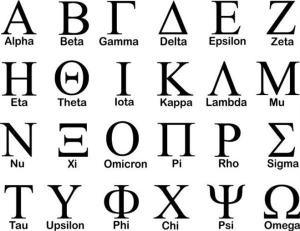The World Health Organization announced a new and potentially more dangerous COVID-19 variant spreading across the globe called Omicron. Here’s how WHO named this variant.
In May, WHO announced it would use the Greek alphabet to name new COVID-19 variants, a practice once used by The National Hurricane Center when naming hurricanes.

Since implementing the new practice, WHO has named Alpha, Beta, Gamma, Delta, and Omicron COVID-19 variants.
Prior to naming Omicron, WHO decided to skip the letter Nu because it sounds like “new” and the letter Xi because it’s a commonly used surname in China. (Just look to Chinese President Xi Jinping.)
Variants of Interest
The other letters, such as Lambda and Mu, are considered Variants of Interest by WHO. Greek letters Epsilon, Zeta, Eta, Theta, Iota and Kappa, were previously labelled as Variants of Interest but have been downgraded.
Variants of Concern
Before Omicron, the 15th letter in the Greek alphabet, most people were familiar with the Delta variant of COVID-19. That’s because it rose to become a Variant of Concern, the highest alert level from the WHO.
Why did the WHO make this change?
WHO decided to use the Greek alphabet to name variants to make it easier for the public and scientific community to pronounce and remember variant names. It also prevents the public from calling variants based on the places they were first detected, which WHO says can be “stigmatizing and discriminatory.”








